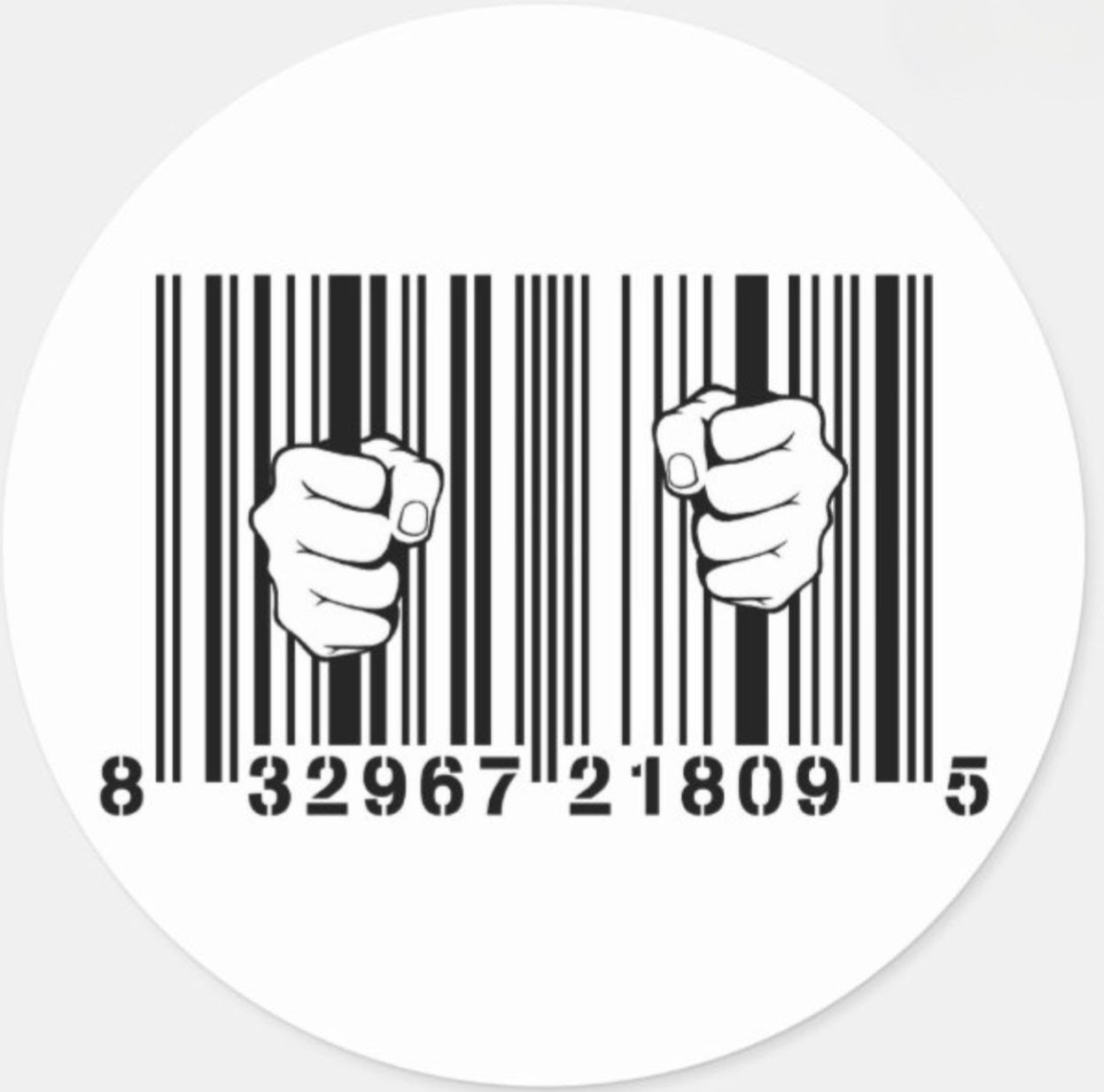

Not as much as a screenshot would cost


Not as much as a screenshot would cost
Yeah, it’s basically budget XKCD. The comic, started in 2003, has been steeply declining in production volume since 2013 and the last one was 2.5 years ago. I have scraped all 599 pages on the main website, plus there’s some on root.cz and Trustport, a now-defunct site available via archive.org (where the comics are in English already, such as this very funny one), I have yet to download. I have made a JSON index including tags, categories and body text, and I’ll probably translate a few of the images every week. I’m planning to make a GitHub Pages site plus a special Lemmy community and schedule a bot to post one daily. The earliest I can do this though is July.
Some will have to be in German (if you can make comic #3’s Kern des Pudels kompilieren make sense in English, let me know), some will need an extra explanatory paragraph, and some cannot be translated at all. Lemmy users will be happy to see that 2006 Linux jokes haven’t aged at all but I wonder how they’ll put up with semi-rude Czech humor, traditional gender roles and lack of diversity.
Of course there is a relevant Bugemos comic
“…by the end I would use Tor for every single thing…”
“…and change my email every day!”“You see, most people here have more troubles with alcohol, rather than anonymity…”
There’s like 600 of these and most are funny in English too. I should really translate them when I have the time…


I guess the dumb one just shows a number, the smart one will also tell you “it’s not bones or muscles but fat, dumbass” and tell a data broker so the health insurance company can update your plan accordingly


Scorpions can survive underwater for very long. It will find its way to the shore soon enough.


This is a great time for the engineer to exert leverage.
"Yes, I can fix it in hours. Here are my demands:
It’s what you get when pedophiles run the most powerful country: a new generation every 8-10 years.
Edit: /s
They sell grape sugar pops next to medicine too. And poisons.


So there is a company trying to look German (LEDVANCE Gmbh, Steinerne Furt 62 Augsburg) using the OSRAM logo while actually being 100% owned by a Chinese one? That’s a little fucked up


Displays have to be driven in multiplex because you can’t just wire each of the 6 million subpixels (4 million for Samsung OLED cuz they alternate red/blue in a checkerboard) of a 1080p screen to a pin of a chip that has the screen RAM and powers subpixels continuously. Therefore, the chip will have row and column outputs, and use a technique called “multiplexing” that powers only one row at a time.
It’s really about how the pixels respond to being driven. In TFT LCDs, driving a subpixel will charge its memory capacitor to a desired voltage, corresponding to the target brightness. Over the next few milliseconds, the subpixel will fade into that color as the nematic elements twist in response to voltage. Over about one second, the capacitor would lose its charge and the LCD would fade to its resting state (all-white for positive ones). You can see this if you suddenly kill power to the driving board while leaving the backlight on. So it needs to be recharged (redriven) in a few tens of milliseconds. Subpixels do get a little brighter between refreshes but that’s very subtle and not noticeable at 60 Hz unless it’s a passive matrix (STN without those capacitors, like a Game Boy screen) under flickery lighting.
Meanwhile, OLED pixels are black while not currently being refreshed, so the difference in brightness just before and during refresh is not about +0.1 % but -100 %, just like with CRT phosphor. It relies on human eyes’ persistance of vision to create an illusion of a complete image. It varies from person to person, but anything below about 60 Hz gets uncomfortable after long periods, and below 40 Hz (especially around 10-20 Hz) can be seizure-inducing. But again, the magnitude of flicker matters as much as frequency.


TFT cells in LCD panels hold the image for pretty long between refreshes so there is little difference between 60 Hz and 120 Hz. Yes, 120 Hz will allow for 120 fps but that/s not really relevant for basic GUI.
Meanwhile, a 60Hz OLED panel is as flickery as a CRT TV because the LEDs only glow when being refreshed.
With a 30Hz LCD panel, you might notice the direction the refreshing goes across the screen, and there might be a little less contrast, some inconsistency between pixels, and a soft moving gradient if this interferes with the backlight frequency (since most backlight is DC now, this problem only really manifests with reflective LCDs under flickery mains lights).
Meanwhile, a 30Hz OLED panel would be seizure-inducing and unwatchable. This is what it would look like (60fps mandatory)


Do you enjoy the virtual joysticks on phone games? This but for steering (x) and speed (y).


I think they’re LCDs, where refresh rates are way less relevant


True but the vast majority of NATO countries use “NATO” as the acronym despite their languages producing all the different ones I showed. Most of the ones in the picture I had to deduce from the official translation, which is kind of my point: English works for just about everyone but Fr*nce. And the Fr*nch could accept “NATO” as the acronym too if they weren’t nationalist pricks.


It’s actually Atlantshafs**b**andalagið in Icelandic and the research I did suggests that it’s just 2 words in the compound word, hence the two letters.
After I made the first version of mine, another Redditor made their own, which does not respect compound words and results in just “A” for Icelandic.


Dipends on uič kájnd of Budvajzr. Dí Emerykn van síms to kam from hórs pis.
Enyvej, ájm not stopink enyvan from spíking dejr lengvič et Nejtou, ic džast e vej to simplifáj byroukresy báj rimůvink ďůpliket uórk uit Fr*nč dokjumenc. Not tu menšn, Fr*nc hes ólmoust left Nejtou bifór sou dej árnt síryjus.


Look, any organization that has a name and acronym needs it in one language, and it’s obviously going to be English in the world of 20th/21st century North-Western diplomacy. Any more are a burden.


Are you talking about Joanna la Beltraneja from Spain and Isabella I of Castile and the 1479 aftermath of the war of the Castilian Succession?
We’re really consuming them at an alarming rate. Soon, the only affordable ones will have either 20+ characters, a sus TLD, or just be a nonsensical string nobody can pronounce.